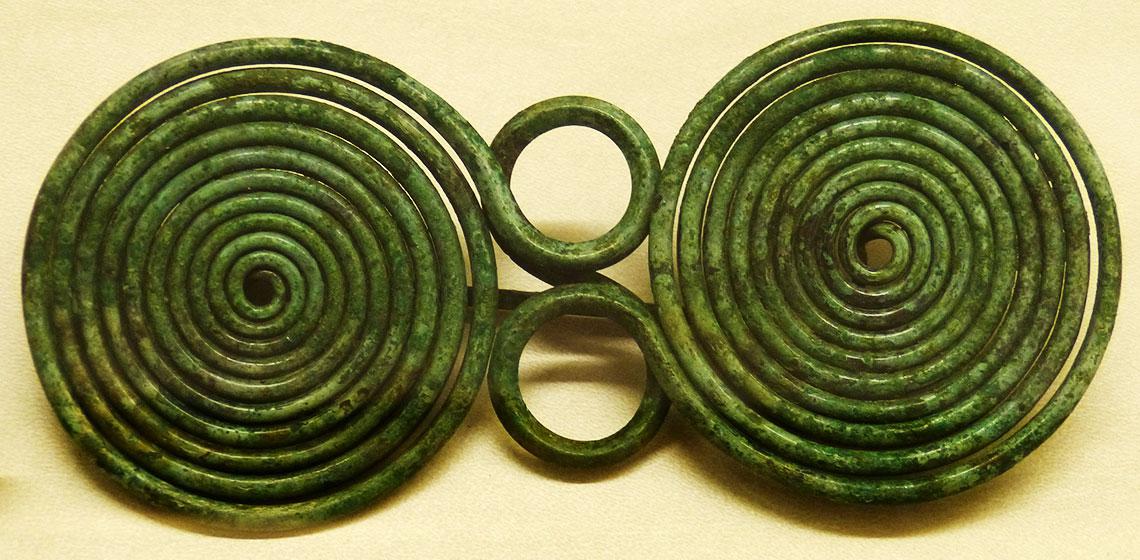
The Natural History Museum of Vienna holds some of the most remarkable prehistoric finds. In display halls covering 8.700² metres the visitor can travel through our planet's history, through the breathtaking diversity of nature and back to the origins of our culture.
On the upper ground floor (Hochparterre) can be seen fascinating and valuable precious stones and minerals, rare fossils and gigantic dinosaurs, as well as famous prehistoric works of art. One of the most important is the 25.000 year-old figure of “Venus von Willendorf”, the skeleton of a Diplodocus, the longest terrestrial vertebrate that has ever lived, a giant topaz weighing 117 kg and the valuable bouquet of jewels which Maria Theresia had made as a present for her husband.
The first floor presents the overwhelming species variety of the animal world, from protozoa to the most highly developed mammals. Objects of more than 200 years old are of great interest, not only on their own account but also as witnesses of nature and historical records for the history of science and the art of taxidermy. Numerous stuffed animals of species either extinct or extremely endangered make the collections truly irreplaceable.
Behind the scenes collections comprising some 25 million specimens and artefacts are the essential basis for the work of over 60 staff scientists. Their main fields of research cover a wide range of topics from the origins of our solar system and the evolution of animals and plants to human evolution, as well as prehistoric traditions and customs. Guided tours, presentations, and workshops on a variety of themes are offered regularly. These events not only provide insight into interesting and surprising natural phenomena, but also deal with the fascinating results of scientific research.
The composition of the earth and the origins of the universe are current research topics, as are the development and proliferation of primitive plants and animals, biodiversity and genetics. The Museum also carries out research into the earliest manifestations and prehistory of man.
The scientific collections, which are amongst the largest and most valuable in the world, are a window onto the diversity of species and feature a wealth of minerals and meteorite and prehistoric remains. The museum houses approximately 30 million specimens and the number is growing, as research trips and digs yield still more discoveries.


